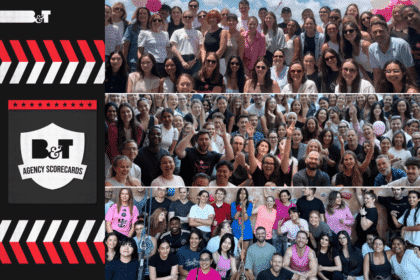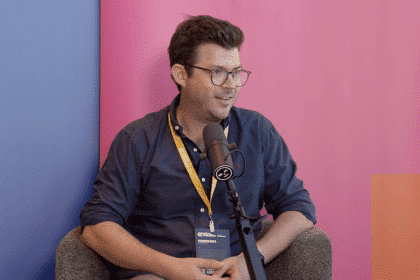Elon Musk officially took control of Twitter after a protracted and tumultuous takeover period in October last year. Then the proverbial hit the fan.
Hate speech reportedly surged by 500 per cent on the platform. Advertisers started to halt their spending. Execs departed with varying levels of goodwill. Musk let anti-Semite Kanye West, misogynist Andrew Tate, and former US President Donal Trump back on the platform. Then Musk bungled the launch of the revamped Twitter Blue.
Even Sir Martin Sorrell weighed in on Musk’s takeover, calling it an “unnecessary diversion” and saying that he should have stuck with a 10 per cent shareholding and a seat at the board.
For some in the advertising industry, Musk’s takeover only accelerated Twitter’s status as a basket case — rather than marking an unprecedented turn.
Twitter has had a torrid six months, starting with incredibly damaging revelations about its inability to moderate child p*rnography. The details came to light after the company started working on plans to create an OnlyFans-style subscription service for adult content creators.
As a result, ad agencies were forced into difficulty conversations with clients around the safety of their brands on the platform.
Then, of course, Musk took over.
While the South African businessman and father of eight was telling the 2,900 employees left at the company after he culled almost 75 per cent of the total headcount that they needed to be “extremely hardcore” and work “long hours at high intensity,” the situation was different in the businesses that provided almost 90 per cent of the company’s revenue.
One exec in the industry told B&T that, with Christmas just weeks away and staff expected to be going on holiday, Musk’s hairbrained and scattergun approach to company strategy, combined with the preceding difficult months saw advertisers simply decided that using the platform was too hard and paused their spend.
However, Musk’s takeover was apparently the main reason that advertisers switched off their spending. Musk’s irresponsibly laissez-faire approach to free speech and constant flip-flopping on commercial decisions simply proved too challenging.
The remarkable redundancies Musk instigated also proved a step too far, but for more mundane reasons. With nothing but a core of coders and engineers left, there was no one at Twitter able to provide account management and support. Prior to Musk’s layoffs, Twitter Australia had around 40 people in its Sydney office. This was reduced to a “skeleton staff” before the remainder were finally given the boot.
That’s not to say that all advertisers stopped. Some, with super-engaged audiences on Twitter, persevered. Companies operating in, or with products adjacent to the sports, crypto, and entertainment sectors apparently carried on.
The companies that chose to stop spending apparently fell into two broad camps. Those that stopped spending in Q4 due to concerns around brand safety and child p*nography reportedly redirected their funds to different social media platforms. Those that stopped spending in the wake of Musk’s takeover simply saved the money hoping that the smoke might clear at some point in the future.
When advertisers will come back to Twitter, however, is a mystery. The exec B&T spoke to said that advertisers were cautious around committing as Musk might send a tweet that changes everything. They said that even projecting spend and revenue for clients in the year ahead was difficult.
Twitter could recover a large portion of its revenue in the coming 12 months but, with uncertainty still reigning, it looks unlikely.








